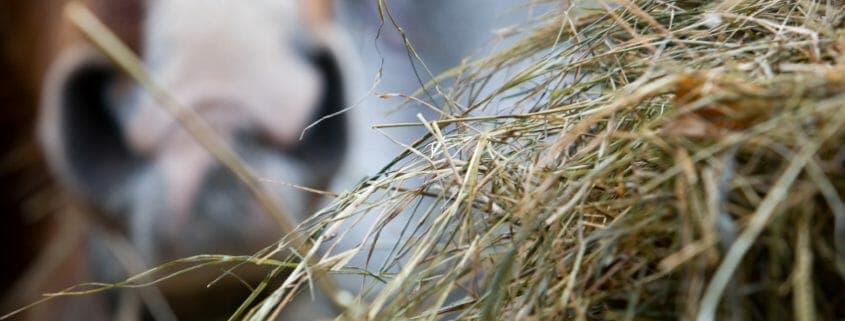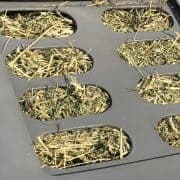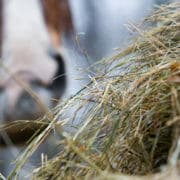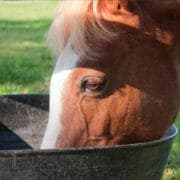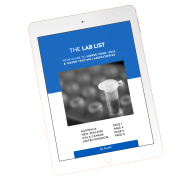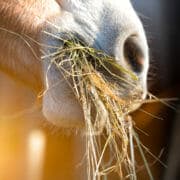Why does FeedXL choose to utilize WSC instead of ESC when calculating NSC?
Water-soluble carbohydrates (WSC) or Ethanol-soluble carbohydrates, that is the question
There is ongoing debate within the equine community regarding whether water-soluble carbohydrates (WSC) or ethanol soluble carbohydrates (ESC) hold greater significance when evaluating the safety of forages and feeds for horses prone to laminitis. When discussing or calculating non-structural carbohydrates (NSC) in a diet, FeedXL opts for the inclusion of (WSC) along with starch to determine NSC.
Here’s the rationale behind this choice. WSC encompasses simple sugars as well as fructans, whereas ESC solely represents the measurement of simple sugars. Previously, it was believed that hindgut acidosis, resulting from fructan fermentation, was the primary cause of pasture-associated laminitis, similar to the effect of starch in grain overload. However, through research, it has been discovered that sustained high insulin levels are responsible for pasture-associated laminitis. Nevertheless, can we conclude that the absorption of simple sugars, as measured by ESC, is solely responsible for the insulin response? While simple sugars directly impact insulin levels, there are two potential ways in which fructans could also influence the insulin response.
Firstly, fructans are carbohydrates with varying chain lengths, consisting of fructose sugar molecules joined together with a glucose molecule at the end. Although most of these fructose bonds are not broken down by a horse’s enzymes, it is believed that some fructans, particularly the shorter chain ones, may undergo acid hydrolysis in the stomach or microbial fermentation in the small intestine. This process produces simple sugars, namely fructose and glucose, which can be absorbed by the horse and contribute to an insulin response.
Secondly, undigested fructans pass into the hindgut, where they undergo rapid fermentation. This fermentation leads to a significant increase in bacteria that preferentially ferment fructans, resulting in the production of lactic acid. The change in hindgut environment, becoming more acidic, causes a shift in microbial populations and reduces the diversity of microbes, including the desirable fiber-fermenting ones. While research in this area is still in its early stages, it is plausible that hindgut microbes can influence the insulin response, similar to humans.
The FeedXL Difference
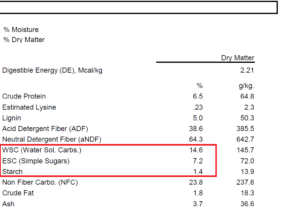
Using ESC to calculate NSC may underestimate NSC and ignore fructans, potentially putting your horse at risk.
Hence, FeedXL recommends and uses the more conservative approach by considering WSC when examining the NSC component of forages (NSC = WSC + Starch). This approach is more conservative because WSC values are consistently higher than ESC values and still aligns with the principle of minimizing insulin spikes by limiting dietary simple sugars. Additionally, by maintaining low fructan levels in the diet, the negative impact on hindgut microbial populations caused by fructan fermentation is minimized, indirectly influencing the insulin response.
Do you have a question or comment? Do you need help with feeding?
We would love to welcome you to our FeedXL Horse Nutrition Facebook Group. Ask questions and have them answered by PhD and Masters qualified equine nutritionists and spend time with like-minded horse owners. It’s free!
Click here to join the FeedXL Horse Nutrition Facebook Group

